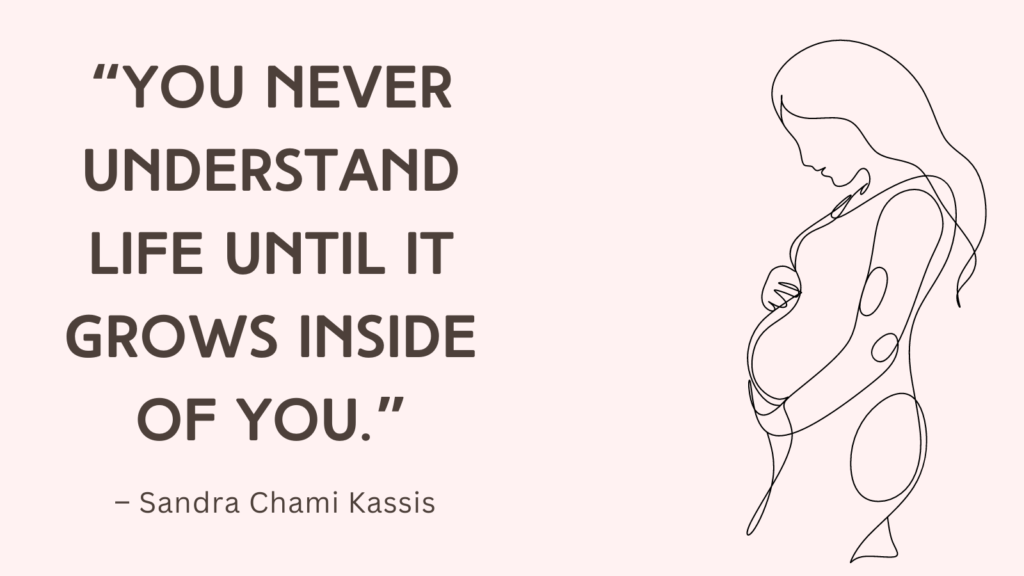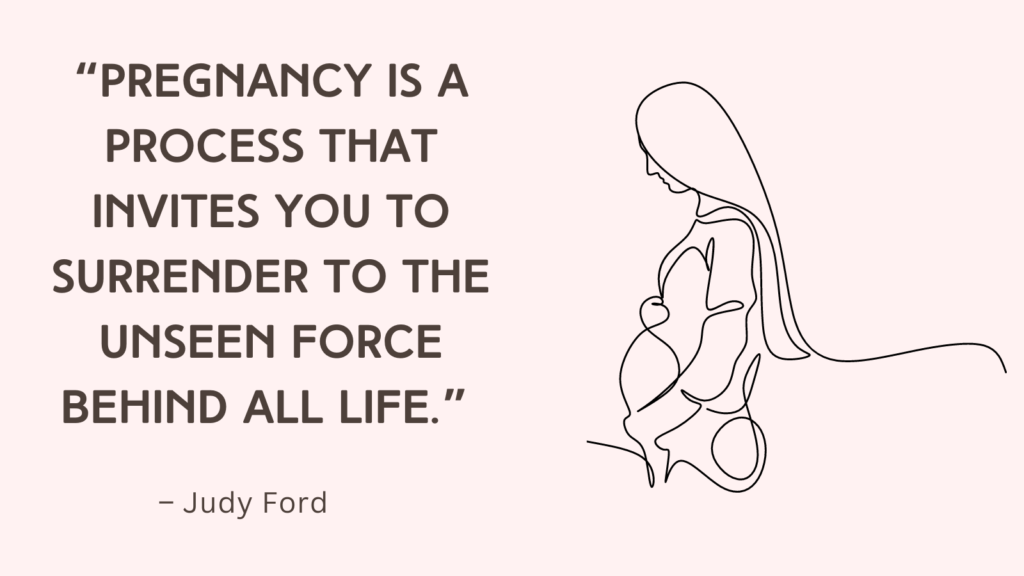Less nausea for some, visible veins, and growing baby’s vital organs.
Congratulations—you’re 10 weeks pregnant! You’re getting closer to the end of the first trimester, and by now, you may be experiencing a mix of emotions and symptoms. The good news? Morning sickness and fatigue may start easing soon as hormone levels stabilize.
Let’s go over baby’s development, how your body is changing, and tips to manage pregnancy symptoms in week 10.
What’s Happening to Your Baby?
At 10 weeks pregnant, your baby is now about the size of a prune (3.5-4 cm or 1.5 inches long) and weighs around 4 grams. Your little one is growing fast and developing key features:
Fingers & Toes Are Fully Formed – No more webbing! Tiny nails are also beginning to grow.
Baby’s Head Is More Proportional – The forehead is still large but starting to balance out.
Organs Are Functioning – The kidneys, intestines, brain, and liver are all working!
The Baby Can Swallow & Move – Your baby is now making tiny movements, although you won’t feel them yet.
External Genitalia Begin Developing – Although it’s too early for an ultrasound to reveal gender, reproductive organs are forming.
The Placenta Takes Over – Your baby is now getting nutrients directly from the placenta instead of just the yolk sac.
What’s Happening to Your Body?
At 10 weeks, you may still feel pregnancy symptoms, but some may start improving soon!
Common Symptoms at 10 Weeks Pregnant
Morning Sickness – Nausea may still be strong, but relief is coming soon!
Fatigue – You may still feel exhausted, but energy levels will improve in the second trimester.
Bloating & Gas – Progesterone slows digestion, which can make you feel uncomfortable.
Frequent Urination – Your growing uterus is putting pressure on your bladder.
Food Aversions & Cravings – Some foods may still smell or taste awful, while others are irresistible.
Mood Swings – Emotional ups and downs are common due to hormonal changes.
Breast Changes – Your breasts may feel fuller, heavier, and more tender as they prepare for breastfeeding.
Mild Cramping – Stretching and growing of the uterus can cause light cramping.
Round Ligament Pain – You may start feeling mild pulling sensations in your lower belly as the uterus expands.
How to Cope with Week 10 Pregnancy Symptoms
1. Handling Morning Sickness
Eat small, frequent meals to keep nausea under control.
Keep crackers or dry toast by your bed for the morning.
Drink ginger tea or lemon water to help ease queasiness.
Stay hydrated – Dehydration can make nausea worse, so sip water throughout the day.
Avoid strong-smelling foods if they trigger nausea.
2. Fighting Fatigue
Take naps when needed – Listen to your body and rest when you can.
Eat iron-rich foods like spinach, lentils, and eggs to prevent anemia.
Stay active – Light exercise like walking or prenatal yoga can boost energy levels.
3. Managing Frequent Urination
Drink plenty of water, but limit fluids before bedtime.
Empty your bladder completely each time you go.
Avoid caffeine, which can make you urinate more frequently.
4. Coping with Mood Swings
Practice self-care – Take a warm bath, listen to music, or do something relaxing.
Talk about your feelings with a friend, partner, or therapist.
Try meditation or deep breathing to calm your mind.
5. Relieving Breast Tenderness
Wear a comfortable, supportive bra to ease discomfort.
Avoid sleeping on your stomach if it causes pain.
Try warm compresses to soothe soreness.
6. Easing Bloating & Digestion Issues
Eat fiber-rich foods like fruits, vegetables, and whole grains.
Avoid carbonated drinks and greasy foods, which can cause gas.
Eat slowly and drink plenty of water to help digestion.
What Should You Be Doing in Week 10?
You’re getting closer to the second trimester! Here’s what you should focus on this week:
1. Attend Your First Prenatal Visit (If You Haven’t Yet)
Your doctor may perform an ultrasound to confirm your baby’s heartbeat.
You may get blood tests to check iron levels, hCG, and infections.
If you’re considering genetic screening tests, now is the time to discuss them.
2. Continue Taking Your Prenatal Vitamins
Make sure your prenatal vitamin includes 400-800 mcg folic acid for brain development.
A vitamin with DHA & Omega-3s supports your baby’s eye and brain growth.
3. Maintain a Healthy Pregnancy Diet
Eat a variety of protein, healthy fats, and whole grains.
Include calcium-rich foods like yogurt, cheese, and leafy greens.
Stay hydrated with at least 8 glasses of water per day.
4. Start Thinking About Maternity Clothes
Your regular clothes may start feeling tight, especially around your waist.
Look for stretchy leggings or maternity jeans for comfort.
5. Consider Announcing Your Pregnancy Soon
Many parents wait until the end of the first trimester (week 12-13) to share the news.
If you’re planning a pregnancy announcement, start thinking about how you’d like to do it!
6. Research Childbirth & Parenting Classes
Some classes fill up quickly, so it’s a good idea to start looking now.
Consider prenatal yoga or exercise classes for a healthy pregnancy.
Final Thoughts
Week 10 is a big milestone in your pregnancy! Your baby is growing fast, their organs are developing, and soon, your toughest symptoms may start easing.
Even though fatigue, nausea, and bloating can be tough, this phase is temporary—you’re almost at the second trimester, where many moms start feeling better!



